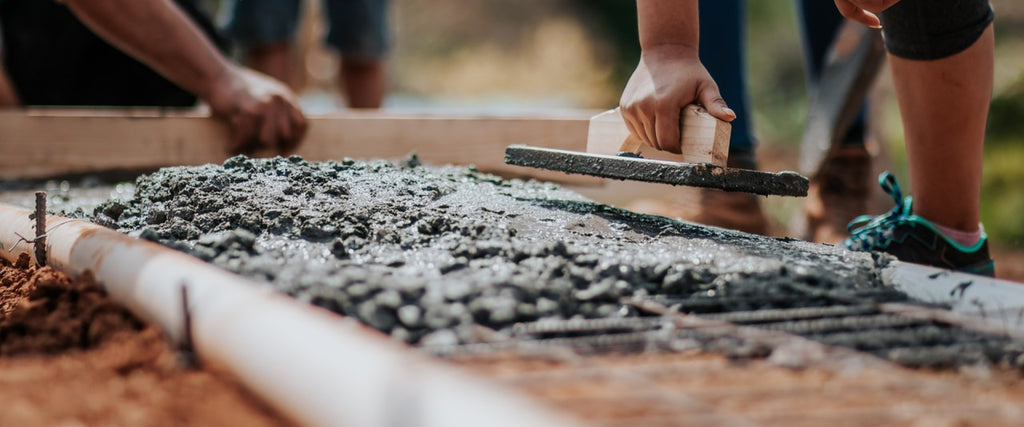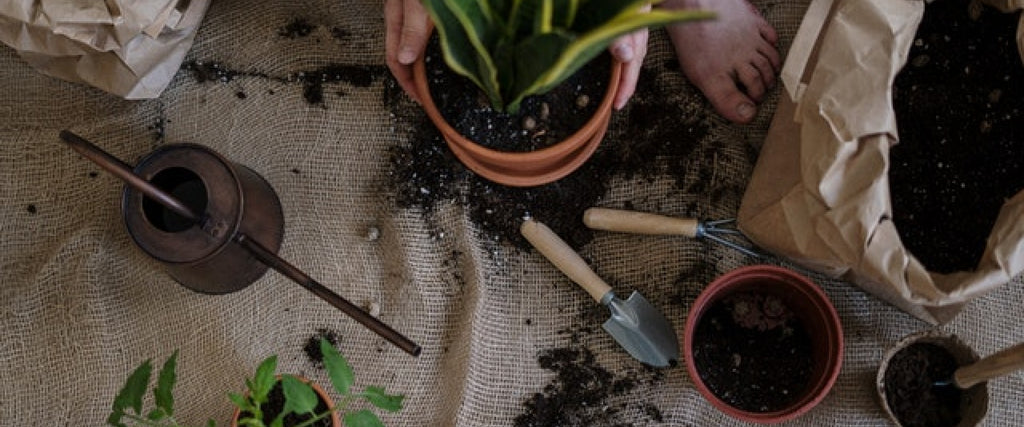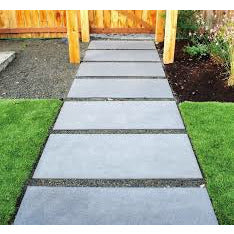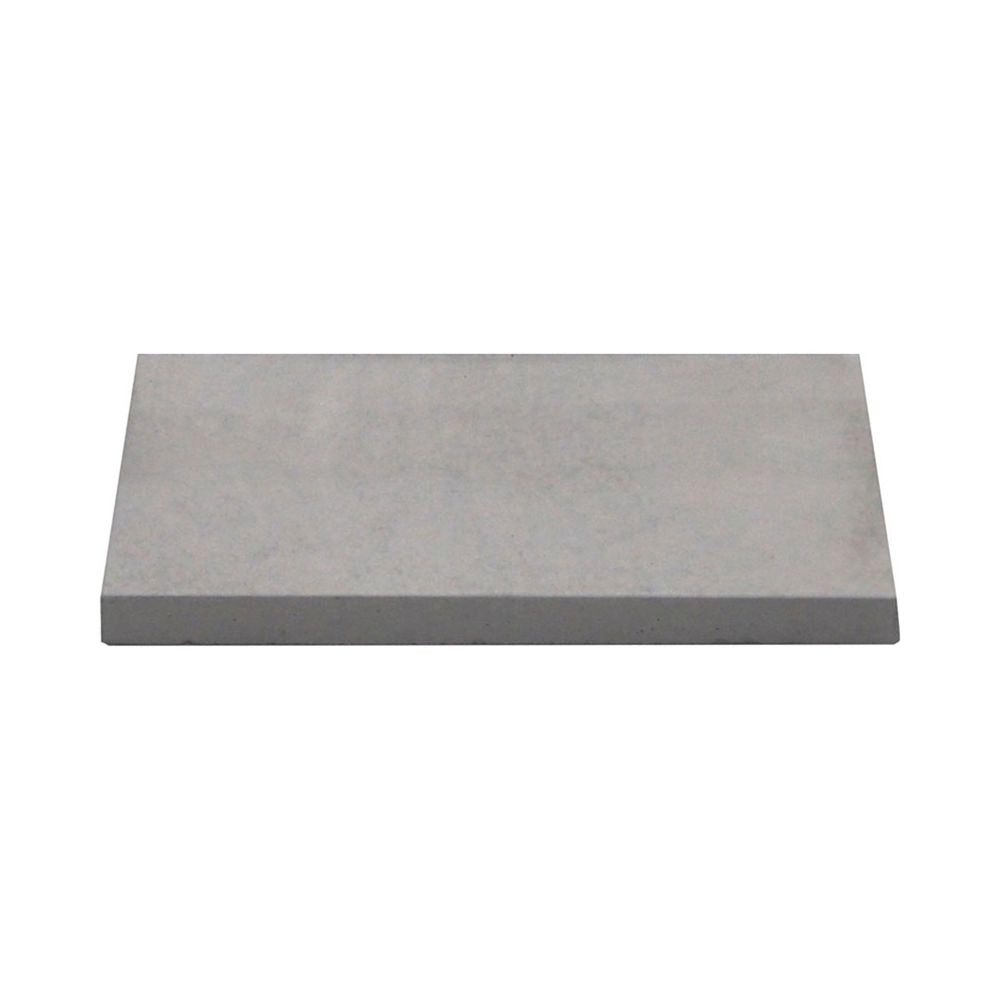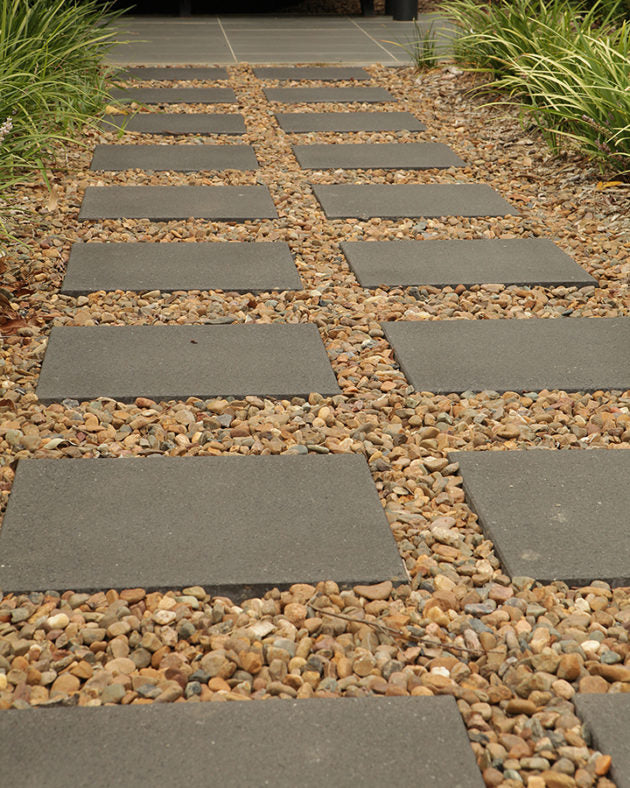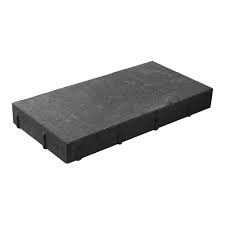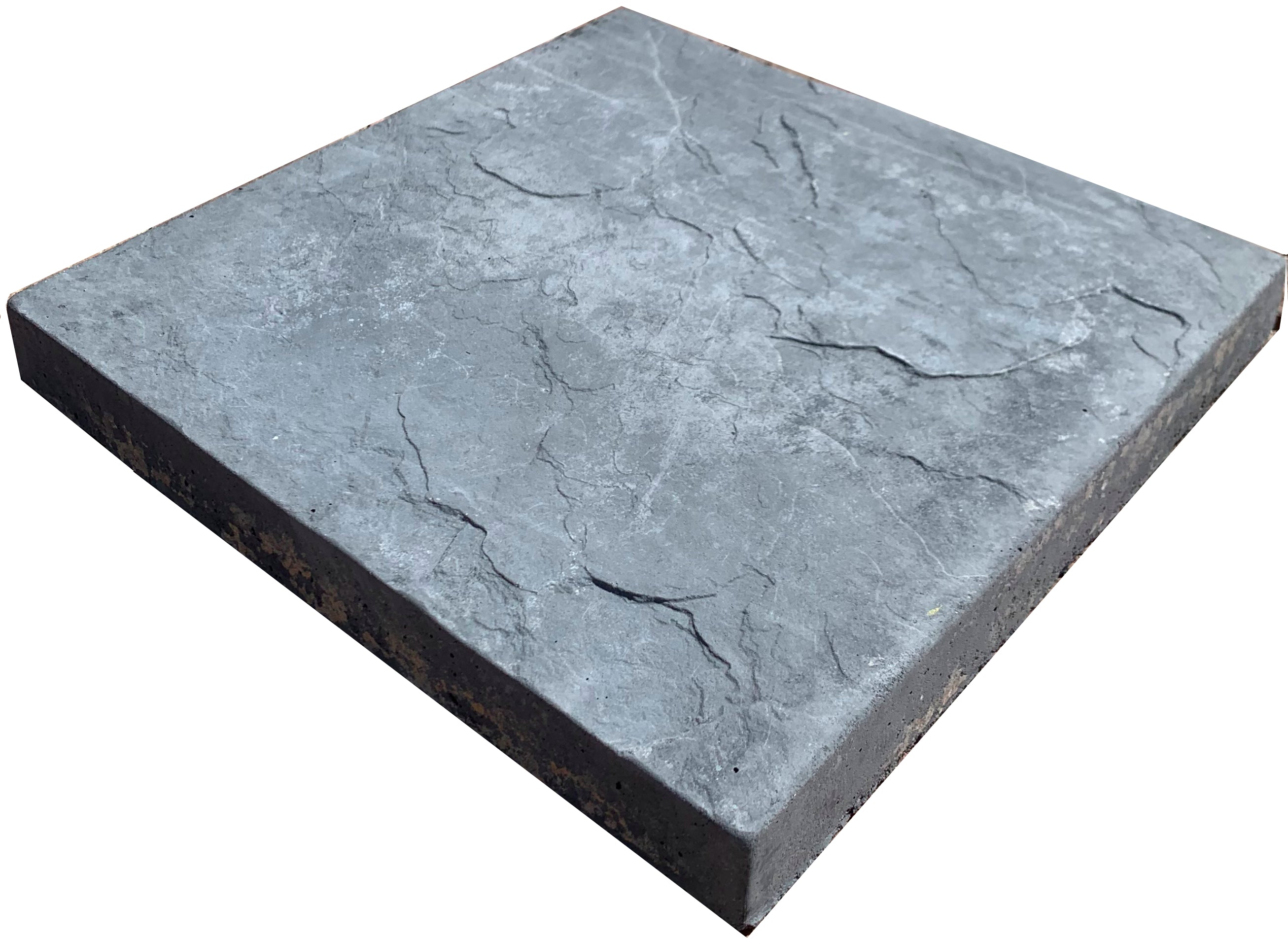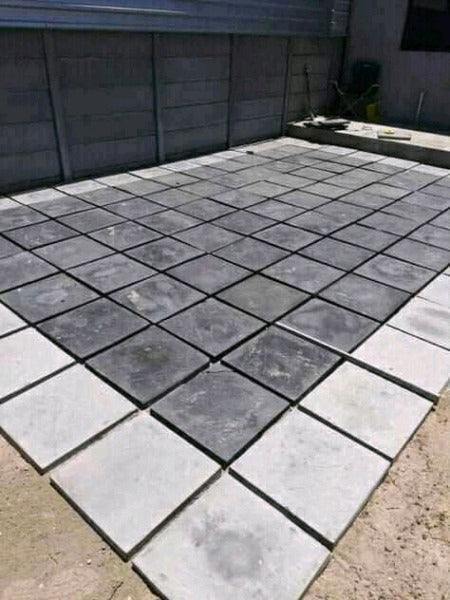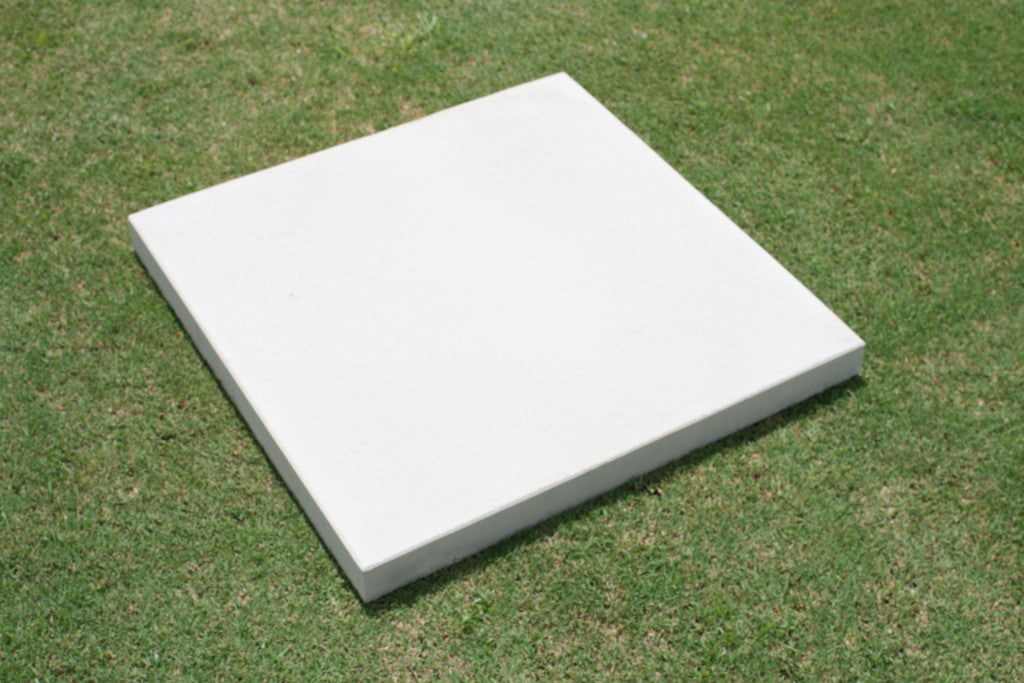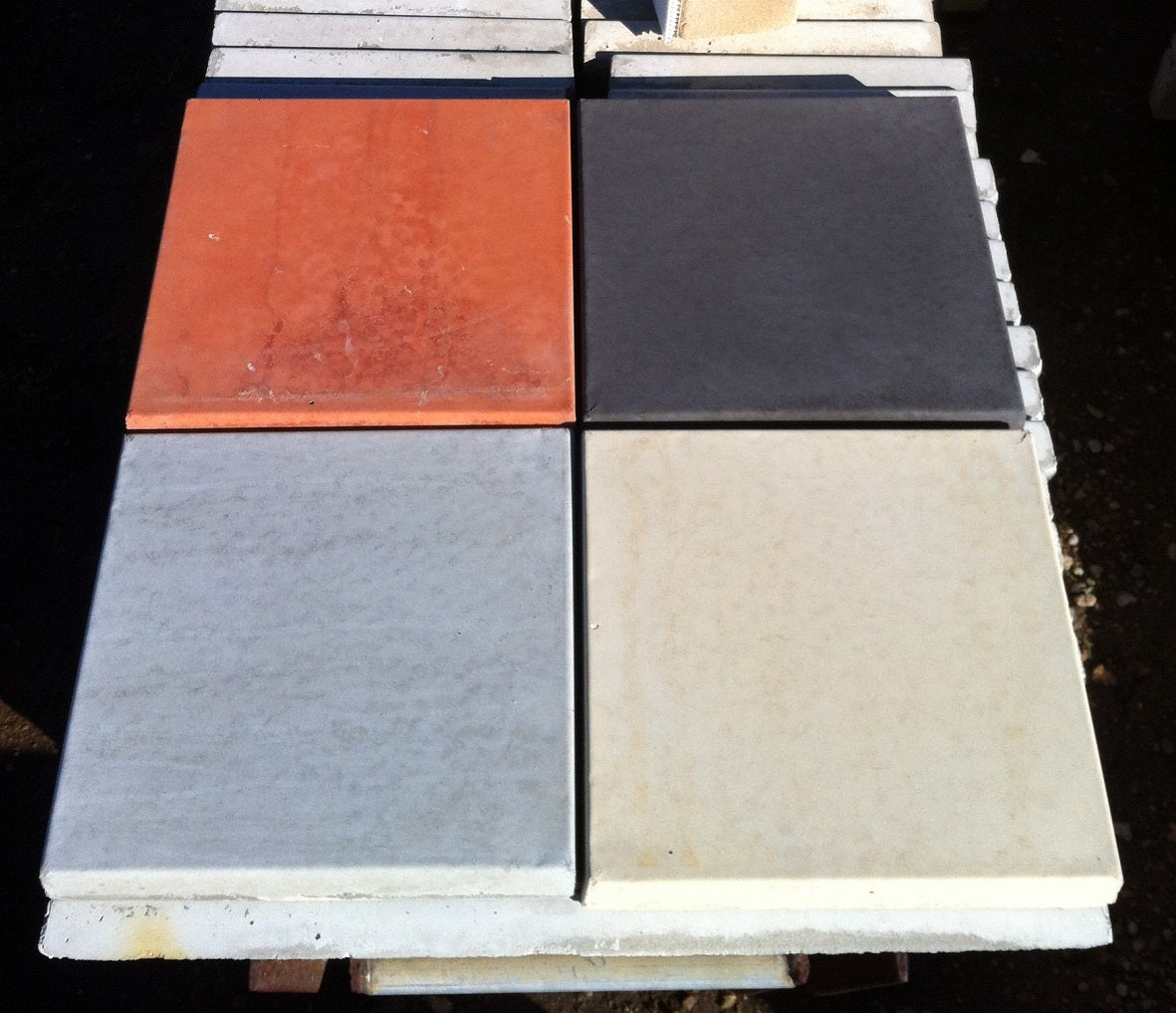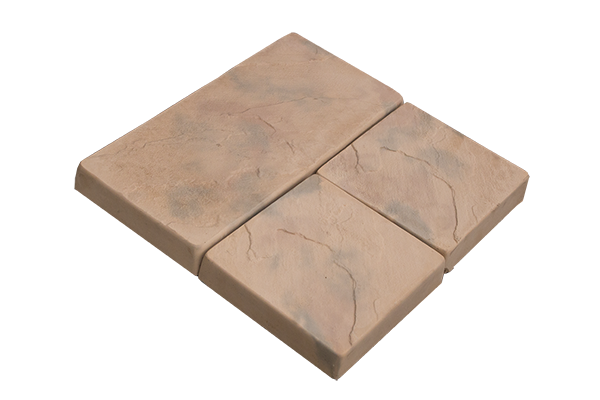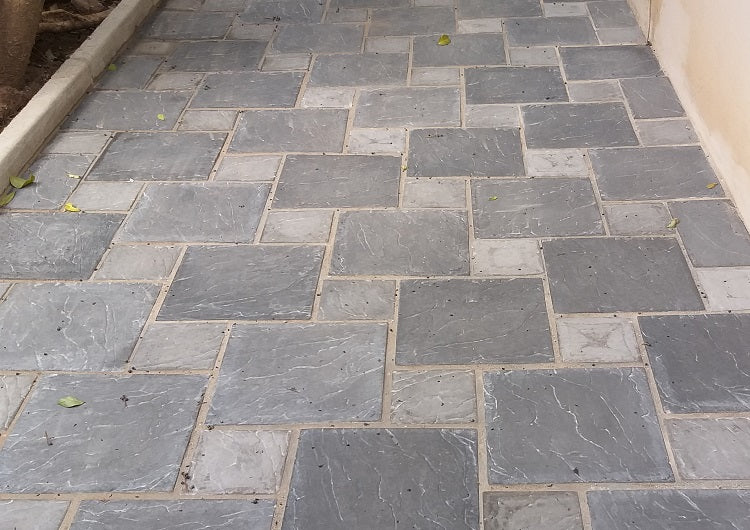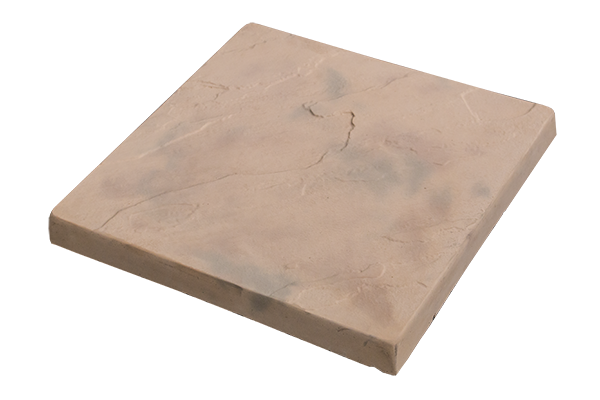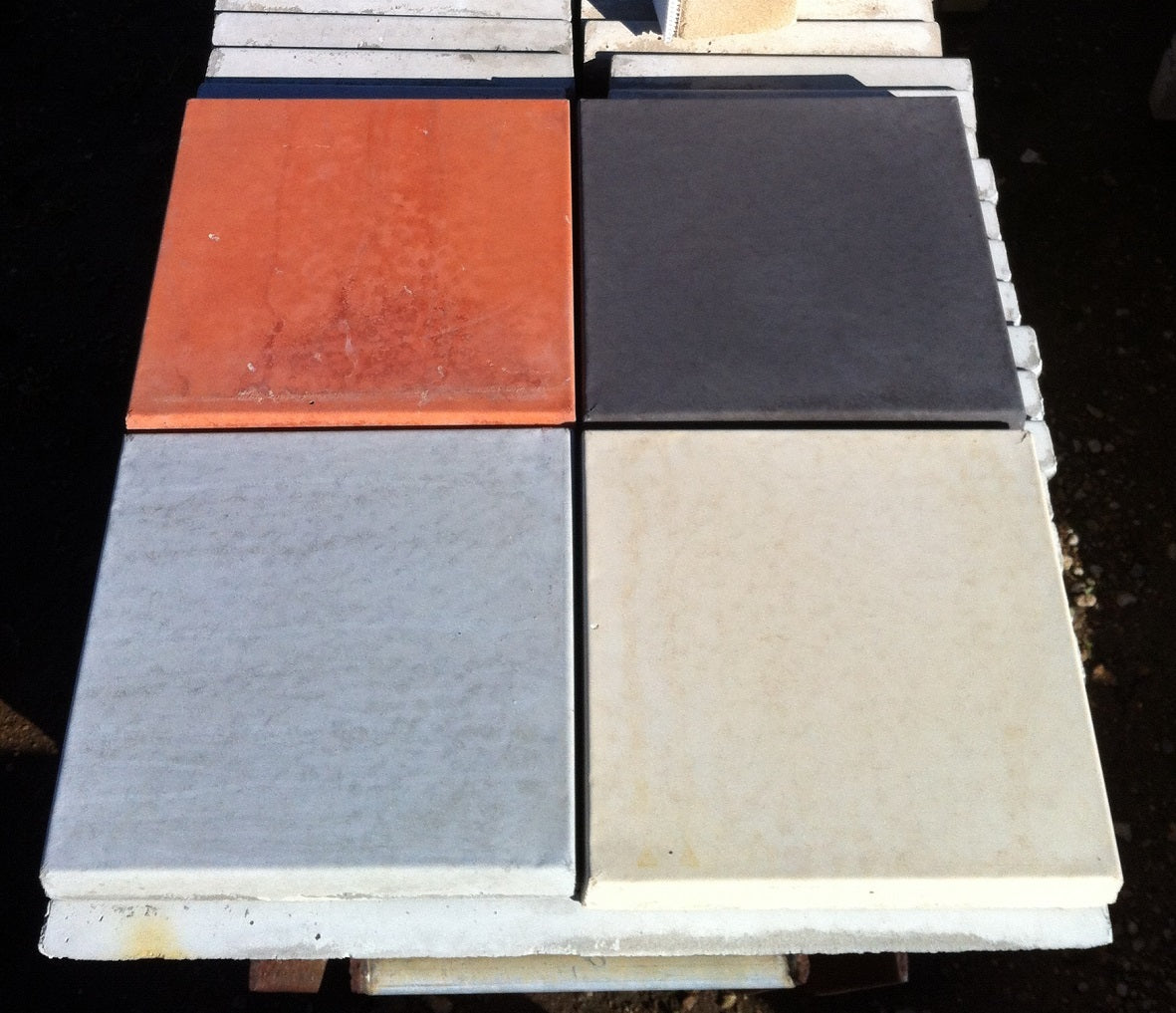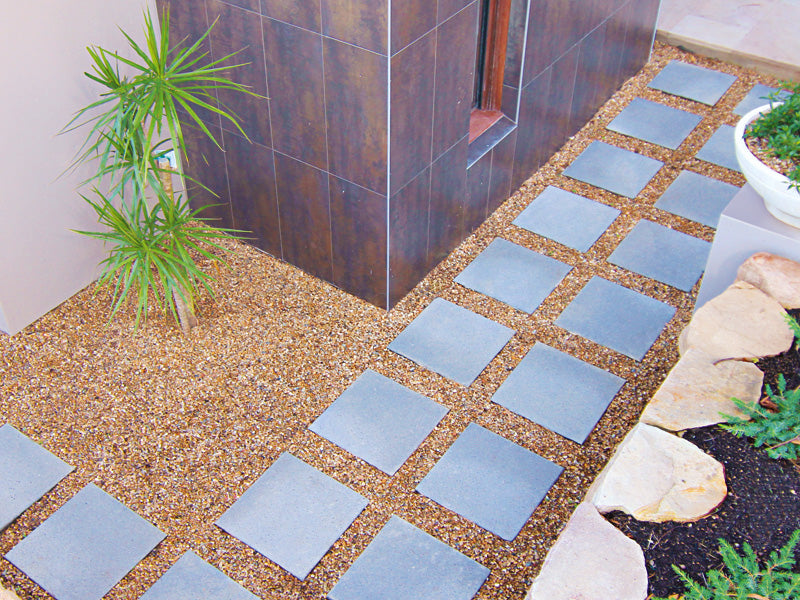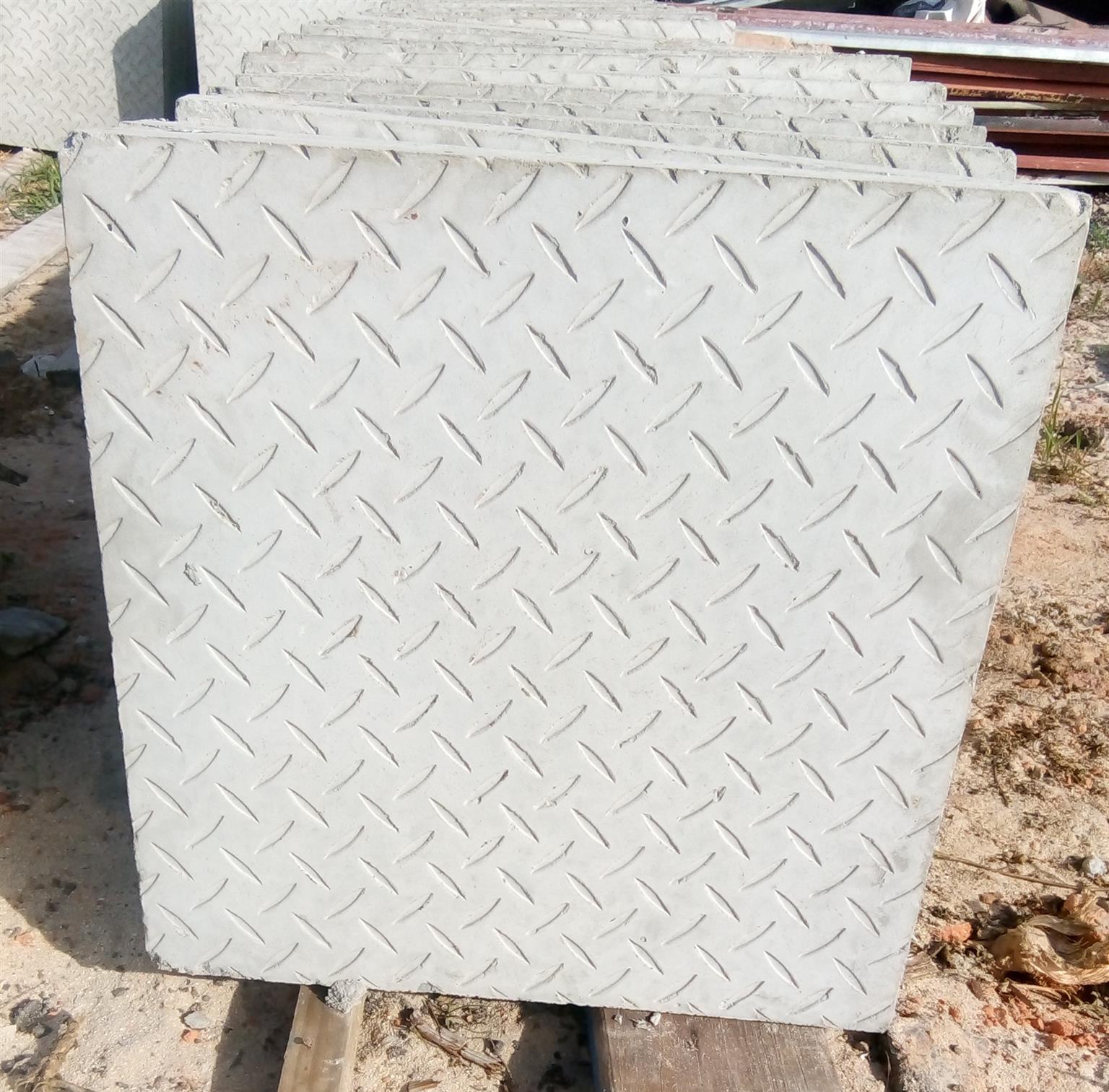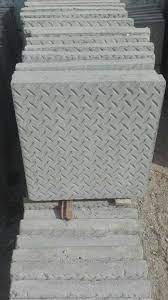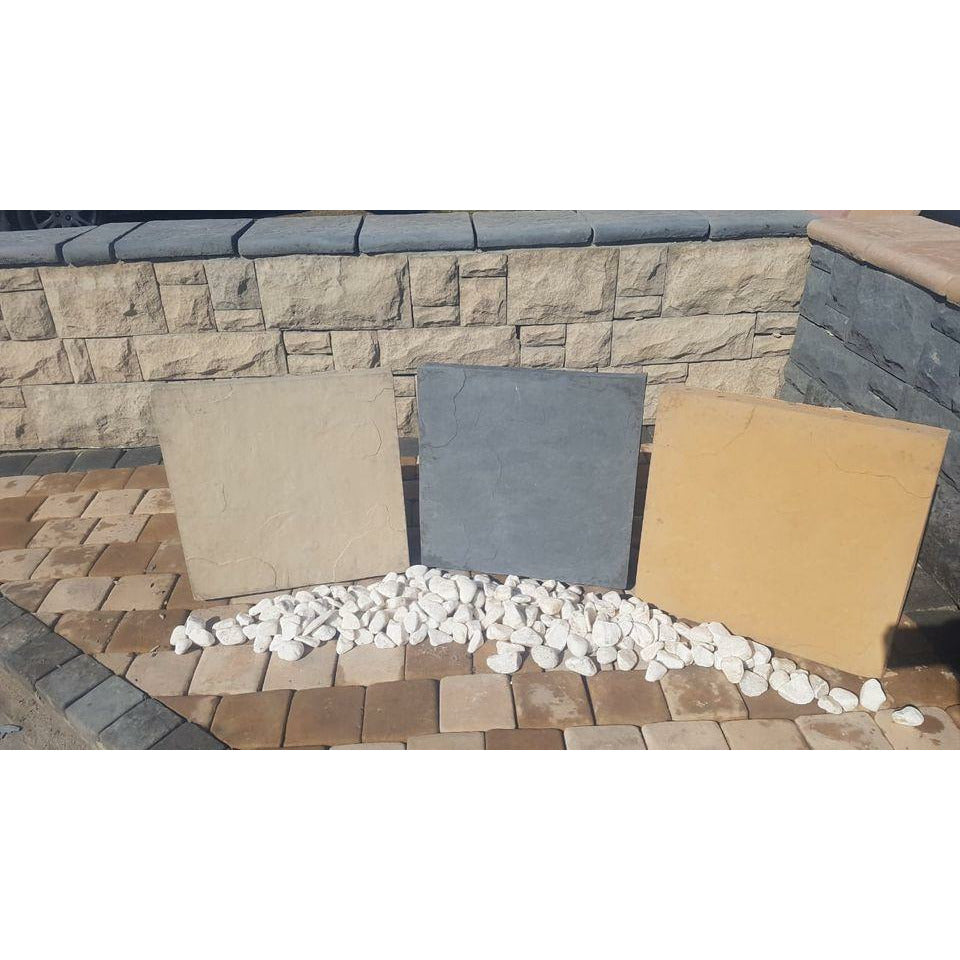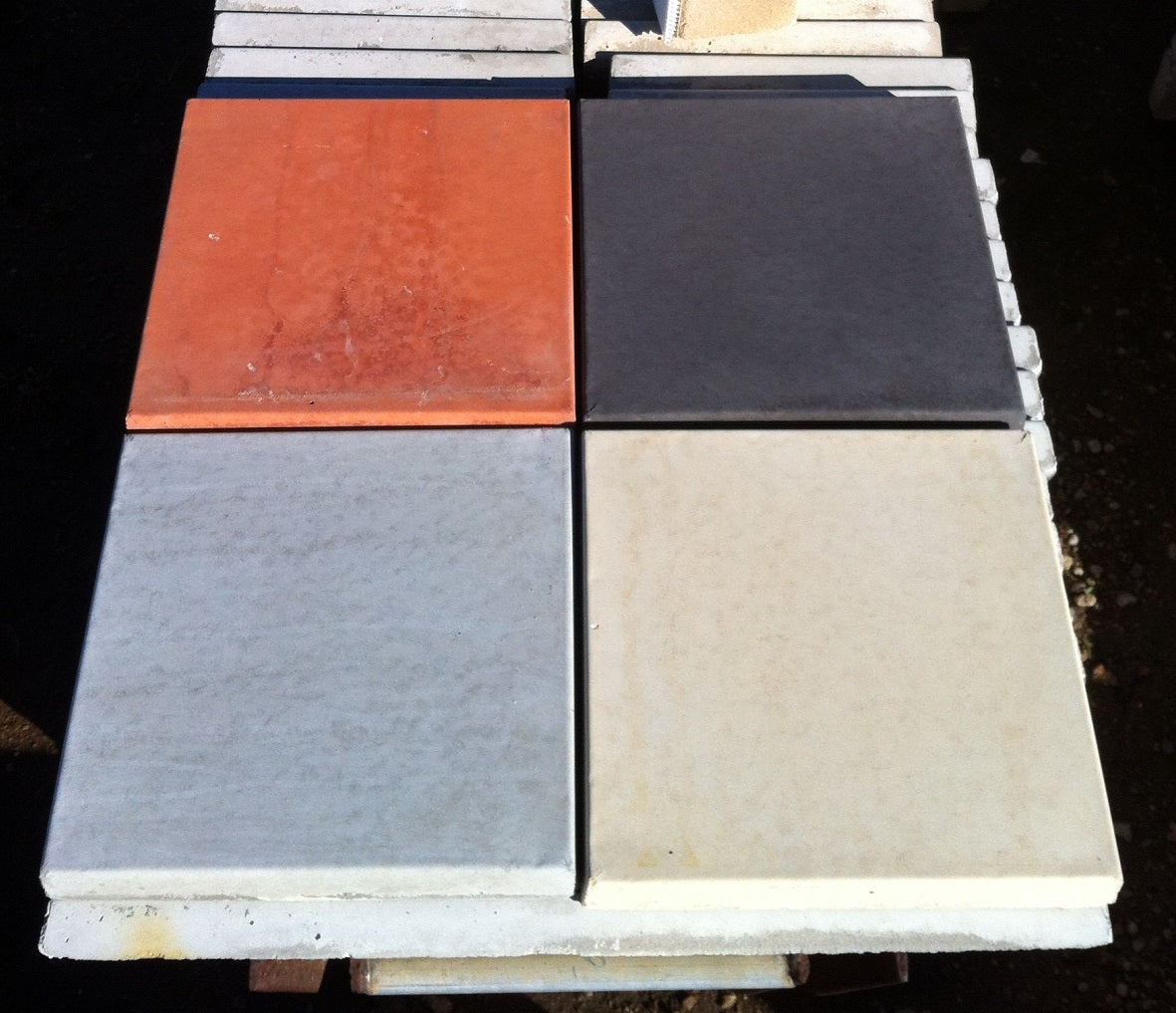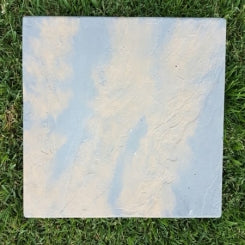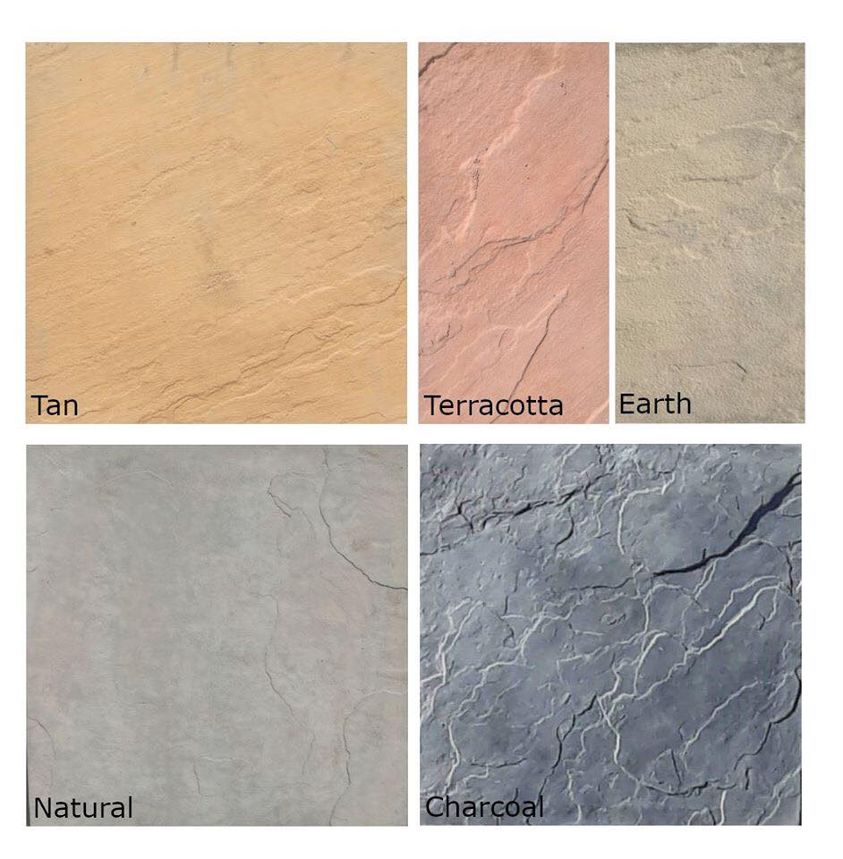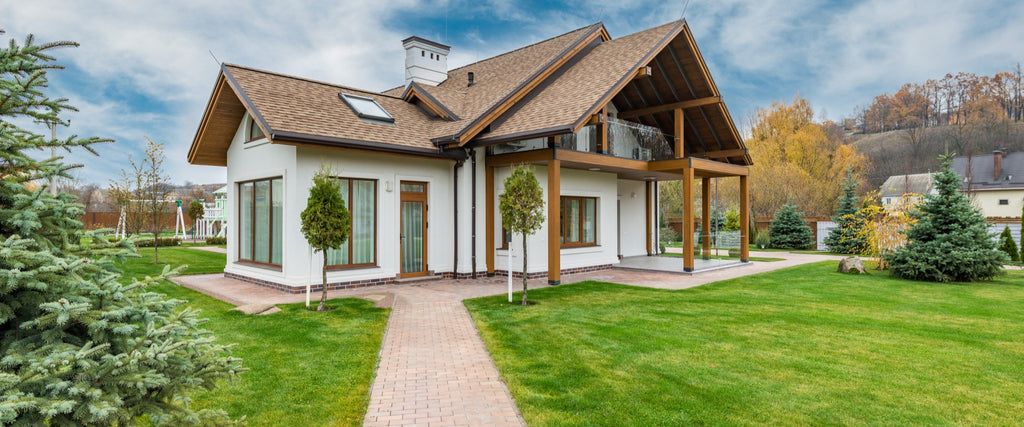
Choosing The Right Grass For Your Yard

Different grasses have different requirements, so choosing the right grass for your yard isn’t as simple as walking into the store and picking up the first bag of seed you see. There are several varieties to choose from, and each one has its own benefits and drawbacks. Before you pick up that bag of seed, read on to learn how to choose the right grass for your yard. You may even find that you like one grass better than another! (Be sure to try #10)

If you live in a hot, dry climate, choose an appropriate grass variety. If you live in a hot, humid climate, check out turfgrass varieties that are more shade tolerant. Cool-season grasses are best suited for northern climates. Warm-season grasses are suitable to southern regions where it’s consistently warm or just warm during the summer months. Regardless of which type of lawn is right for your region, however, there are some important points worth considering before planting your new lawn.
1) Zoysia
Bermuda grass is commonly found in golf courses and sports fields. It can withstand wear and tear and doesn’t need much watering, making it a good choice for many sports grounds. Bermuda grass is also not as thirsty as other lawns; it won’t suffer from drought. On top of that, its runners (new shoots) stay close to ground level, meaning you don’t have to worry about tripping over them as you walk around your yard.
2) Bermuda
Bermuda grass is famous for its versatility. Since it can grow in almost any soil, Bermuda is often used on golf courses, home lawns and sports fields. It’s also resistant to disease, making it one of your best choices if you want a low-maintenance option. If you have kids or pets that will be playing on your lawn, consider mixing Bermuda with something else, since its blades are thinner than other types of grass and can easily get pulled out.
3) Buffalo
In most conditions, Buffalo is a great grass that’s low-maintenance. Unfortunately, it doesn’t have much of a root system and it’s not as hardy as some other varieties. This grass can struggle during droughts or other harsh weather conditions. It also requires a lot of water because its soil must stay moist in order to thrive. Depending on where you live, Buffalo could be a great fit for your yard—or it could struggle. Talk with your local garden center about what type of soil you have and whether or not Buffalo is right for you before deciding to plant it.
4) Centipede
Centipede grass has dark green, fine-textured blades and good density. Because it grows in thick, dense patches that appear well-manicured, centipede grass is a great choice for home owners who want an attractive yard without a lot of maintenance. It’s suitable in any sunny spot in your yard and can stand high traffic.
5) St. Augustine
If you’re looking for a grass that thrives in wet, salty conditions and look no further than seashore paspalum. It can take up to 3 times more salt than other types of turfgrass, making it a great choice for coastal areas. One negative aspect of seashore paspalum is its slow growth rate. Over time, seashore paspalum will fill in spaces and spread to cover larger areas of land.
6) Seashore Paspalum
Commonly known as seagrass, Seashore Paspalum is a very popular warm-season turf. A great choice for homeowners in southern states, it thrives in high-moisture environments with temperatures between 60 and 90 degrees. Its dense rhizomes make it extremely resilient; when exposed to heavy traffic or extreme weather conditions, it is able to quickly recover. Because of its resistance to saltwater, you can even plant Seashore Paspalum near oceans and bays without worrying about discoloration or decay caused by salt spray. With over 200 different varieties available, there’s sure to be one that suits your needs perfectly!

